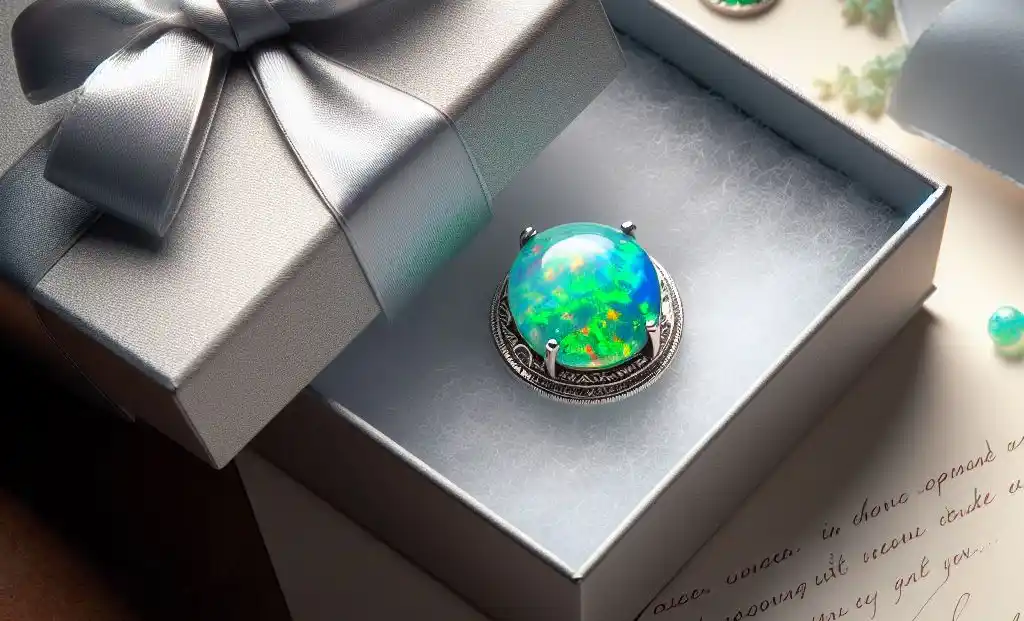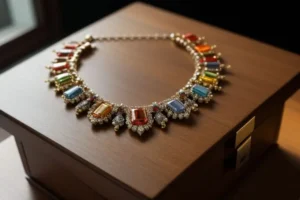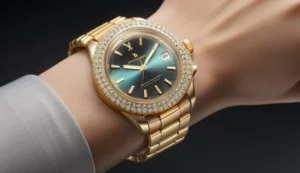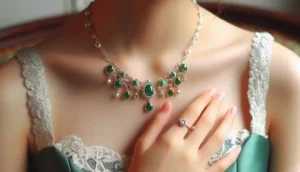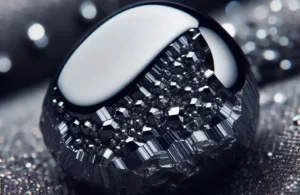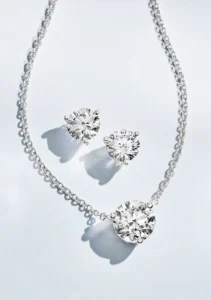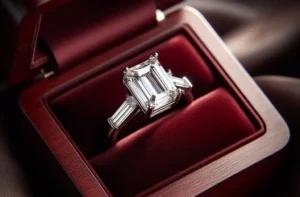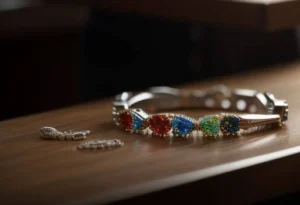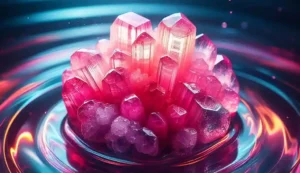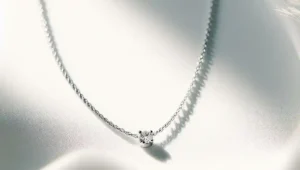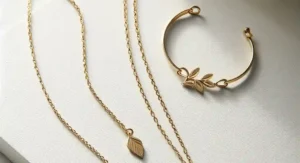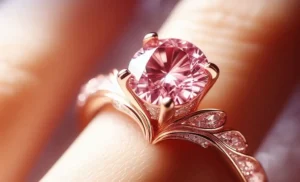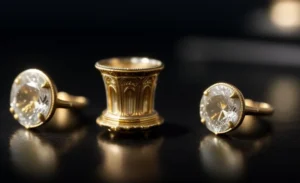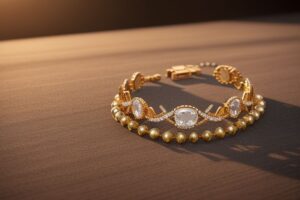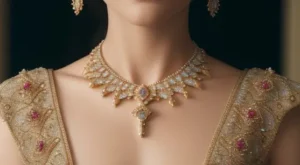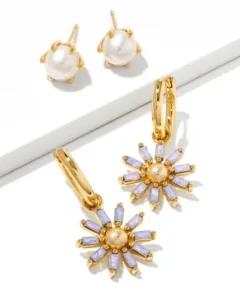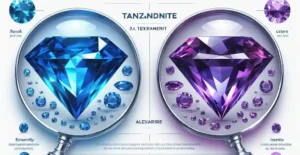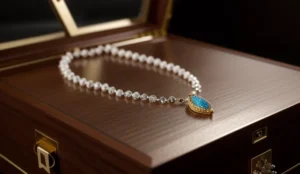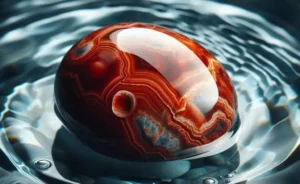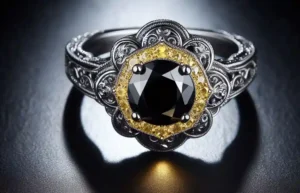Why Does Opal Turn Yellow? Opals are renowned for their mesmerizing colors, displaying a spectrum that can enchant anyone with just a glance. However, many opal owners and enthusiasts notice a peculiar phenomenon – the golden hue shift.
Have you ever wondered why your opal changes color, sometimes adopting a yellowish tint that wasn’t there before?
This post delves into the fascinating world of opals, exploring the reasons behind their color transformations and offering insights into how these precious stones can be preserved in their original glory.
Why Does Opal Turn Yellow?
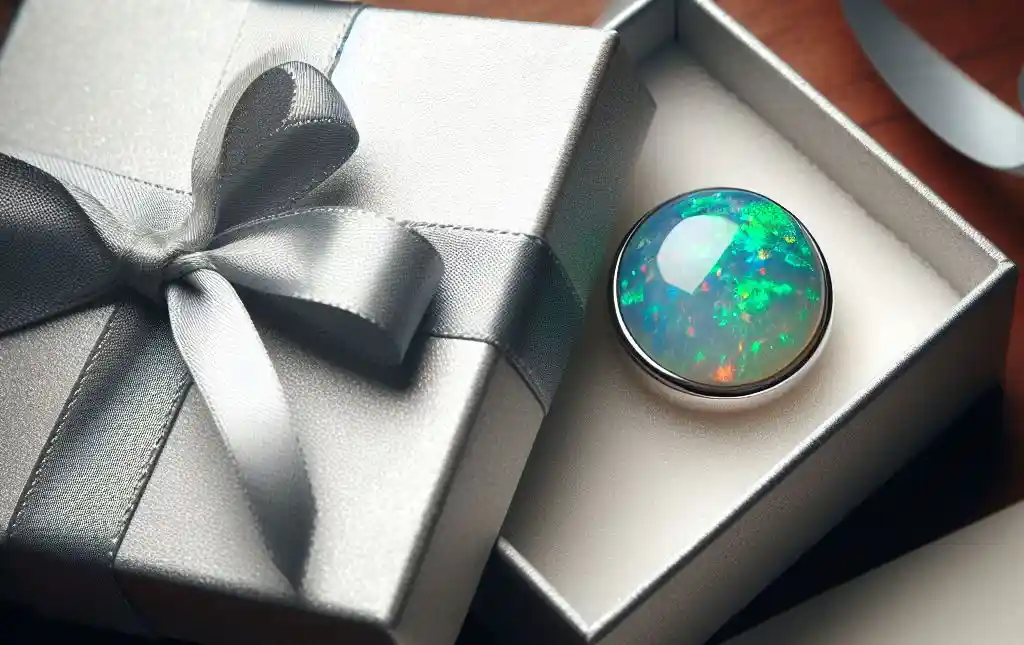
– Hydration and Dehydration: Opals contain water within their silica structure, which impacts their color. Changes in the water content, through either dehydration or rehydration, can shift the color spectrum, often resulting in a yellow hue.
– Environmental Impact: Exposure to heat, sunlight, and arid conditions can increase the rate at which opals lose moisture, further contributing to yellowing. These environmental factors can cause structural changes within the gem, affecting how light refracts and thus its color appearance.
– Chemical Exposure: Daily exposure to chemicals found in cleaning agents, cosmetics, and even natural oils from human skin can react with the opal’s silica and water composition, potentially leading to a yellow tint over time.
– Aging Process: As opals age, natural dehydration tends to occur, especially in low-humidity environments. This gradual loss of moisture can cause the opal to lose its vibrant colors, including shifts toward a yellowish appearance.
– Mineral Deposits: Interaction with hard or mineral-rich water can leave deposits on the opal, which may affect its luster and color, contributing to a yellow appearance.
Understanding the Basic Composition of Opals
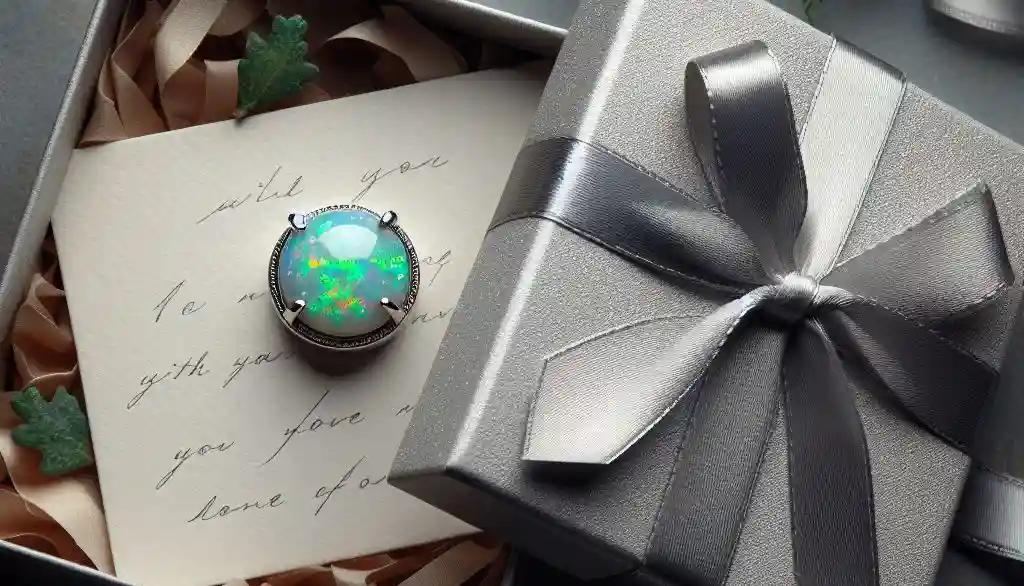
Opals stand out in the gem world not just for their stunning array of colors but also for their unique composition. These gems are primarily made of silica, a common compound found in nature, but it’s the inclusion of water within their structure that truly sets them apart.
This water content varies significantly among opals, influencing not only their beauty but also their physical properties. The microscopic arrangement of silica spheres within an opal is what allows for the spectacular play of color that these stones are famous for.
These spheres are meticulously organized in a three-dimensional grid, which acts as a diffraction grating for light. As light waves enter the stone, they are bent and split into spectral colors by these silica spheres, creating the opal’s mesmerizing color display.
This intricate structure is highly responsive to the surrounding environment, particularly changes in moisture levels. The delicate balance between the silica and water within opals is what makes them both fascinating and vulnerable.
Understanding this complex composition is key to appreciating not just the visual allure of opals but also the care they require to maintain their captivating appearance over time.
The Impact of Hydration and Dehydration on Opal Color
The dynamic water content in opals is crucial to their captivating color display, acting as a double-edged sword in terms of hydration and dehydration effects. These gems, sensitive to the moisture in their environment, can absorb or lose water, leading to significant changes in their appearance.
As opals lose moisture, either through direct contact with water that leads to evaporation or due to environmental aridity, their internal silica framework adjusts. This adjustment can cause a contraction of the structure, impacting how light interacts with the opal.
Specifically, the path and refraction of light through the silica spheres are altered, which can shift the perceived color spectrum of the stone towards a yellow hue. This color change is not merely superficial but indicates a deeper transformation within the gem’s architecture.
Conversely, opals can reabsorb moisture from their surroundings, although this process may not always reverse the color changes induced by dehydration. The intricate relationship between an opal’s water content and its color highlights the delicate equilibrium maintained within these gems, emphasizing the need for careful environmental management to preserve their natural beauty.
Environmental Factors Leading to Color Changes
Opals are sensitive to the environment, and certain conditions can significantly impact their color. One of the primary external influences is direct sunlight. Extended exposure to the sun’s rays not only raises the stone’s temperature, potentially leading to dehydration, but can also cause the opal to undergo structural changes that affect its color display.
Additionally, the environment in which an opal is kept or worn plays a role. High temperatures or arid conditions can accelerate the loss of moisture from the stone, contributing to a shift towards a yellow hue.
Chemicals found in daily life pose another risk to opals. Exposure to substances in cleaning products, cosmetics, and even the oils from human skin can interact with the silica and water matrix of the opal, leading to discoloration. The reaction may not be immediate, but over time, these chemicals can infiltrate the stone’s surface, altering its appearance.
Furthermore, the quality of water an opal comes into contact with can affect its color. Hard water or water with a high mineral content can leave deposits on the opal, potentially influencing its hue and brilliance.
It is essential for opal owners to be mindful of these environmental factors, as they can gradually alter the gemstone’s natural beauty, leading to the undesirable yellow tint that detracts from its mesmerizing color play.
The Role of Aging and Opal Care in Color Stability
Opals, like many precious gems, experience natural transformations over time, with aging playing a significant role in altering their appearance. As opals age, the evaporation of their inherent water content can be a gradual but impactful process, particularly in environments lacking in humidity.
This natural dehydration tends to affect the stone’s vibrant display, potentially leading towards a yellowish hue that detracts from its original beauty. To combat the effects of aging, meticulous care is paramount. Storing opals in environments that mimic their natural, humid habitats can slow the dehydration process, thereby preserving their lustrous coloration.
Avoidance of direct sunlight is also critical, as it can accelerate water loss and contribute to the fading or yellowing of the stone. Additionally, shielding opals from harsh chemicals is essential. Simple acts, such as removing opal jewelry before using cleaning products or applying cosmetics, can prevent chemical interactions that might compromise the gem’s integrity and appearance.
While the aging of opals is an inevitable process, informed care strategies can significantly mitigate its impact, helping to maintain the opal’s mesmerizing hues for years to come. Engaging in proactive preservation efforts thus ensures that these irreplaceable tokens of nature’s artistry continue to shine in their full spectral glory, unaffected by the passage of time.
Distinguishing Between Natural Color Changes and Treatments
Understanding the difference between opals undergoing natural color shifts and those affected by treatments is essential for any opal enthusiast. Treatments such as the application of oils, waxes, or resins are commonly employed to enhance an opal’s appearance or to augment its stability.
These methods can initially make the gemstone more attractive, offering a temporary solution to preserve its vivid hues or protect its surface. However, these treatments may not be permanent and can have unforeseen consequences.
Over time, the materials used in treatments might degrade or interact negatively with the opal’s natural silica and water structure, leading to undesirable color changes, including a shift towards yellow.
This alteration differs significantly from the natural color evolution that results from environmental factors such as dehydration or exposure to chemicals, highlighting the importance of recognizing the source of color change. Identifying whether an opal’s yellowing is due to natural processes or the result of treatment interventions allows for a more informed approach to care and restoration.
For collectors and owners, this distinction aids in making decisions regarding the gem’s maintenance, potentially influencing the choice of corrective measures or preventive actions to ensure the opal’s longevity and beauty.
Exploring Solutions and Preventive Measures
To safeguard the captivating allure of opals, proactive steps are imperative. Ensuring these gems are stored in conditions that replicate their native, moisture-rich environments can significantly deter the dehydration process.
This may include utilizing humidifiers in particularly dry areas or keeping the stones in sealed containers with a damp cloth to introduce a subtle, consistent level of humidity. Moreover, it’s advisable to limit opals’ exposure to extreme temperature fluctuations, which can exacerbate moisture loss and lead to discoloration.
Engaging in routine, gentle cleaning of your opal jewelry can also play a crucial role in maintaining its vibrant hues. Using a soft, damp cloth to lightly wipe the surface can remove accumulated substances that might contribute to yellowing. However, it is critical to avoid immersing opals in water or chemical cleaning solutions, as this can lead to adverse reactions with the stone’s silica and water content.
For opals that exhibit a yellow tint, seeking the expertise of a qualified gemologist can provide tailored solutions. These professionals can assess the extent of color change and recommend specific treatments, which may include careful rehydration techniques or surface cleaning, to help revitalize the gemstone’s appearance.
By embracing these preventative measures and corrective actions, opal enthusiasts can actively contribute to the longevity and enduring beauty of their cherished gemstones.
The Future of Opal Color Preservation Research
As we continue to marvel at the beauty of opals, the scientific community is making strides in research aimed at preserving the vibrant colors of these precious stones.
The field of gemology, coupled with advances in material science, is at the forefront of developing innovative strategies to maintain the integrity of opals’ water content, which is vital for their coloration and overall health.
Researchers are exploring the application of nano-technology to create protective coatings that could shield opals from environmental threats such as dehydration and chemical exposure without altering their natural appearance or properties.
Additionally, there is ongoing work to understand the molecular structure of opals more deeply, which could lead to breakthroughs in how these gems are cared for and restored.
Studies focusing on the optimization of environmental conditions for opal storage and display are also promising, suggesting that precise humidity and temperature controls could drastically reduce the occurrence of yellowing and other color changes.
The integration of these research findings into practical guidelines for opal care and the development of new treatment techniques will be pivotal in ensuring the enduring beauty of opals. As this research progresses, it holds the potential not only to enhance the resilience of opals against the challenges of time and environment but also to unlock further secrets of their mesmerizing allure.
FAQs
Q: Can the yellow tint in an opal be reversed?
A: In some cases, careful rehydration and professional cleaning by a gemologist can reduce or eliminate the yellow tint. However, the success of these methods can vary depending on the cause and extent of the discoloration.
Q: How can I prevent my opal from turning yellow?
A: Store opals in a moist environment to prevent dehydration, avoid direct sunlight and extreme temperatures, and minimize exposure to chemicals. Gentle, regular cleaning can also help maintain their vibrant colors.
Q: Are all opals susceptible to turning yellow?
A: While all opals contain water and can potentially change color due to dehydration, some types are more prone to yellowing than others. The quality of the opal, its origin, and how it has been cared for can all influence its vulnerability.
Q: Is it safe to use ultrasonic cleaners on opals?
A: Ultrasonic cleaners are not recommended for opals. The vibrations can cause cracking, and the water and chemicals typically used can exacerbate the yellowing or cause further damage.

